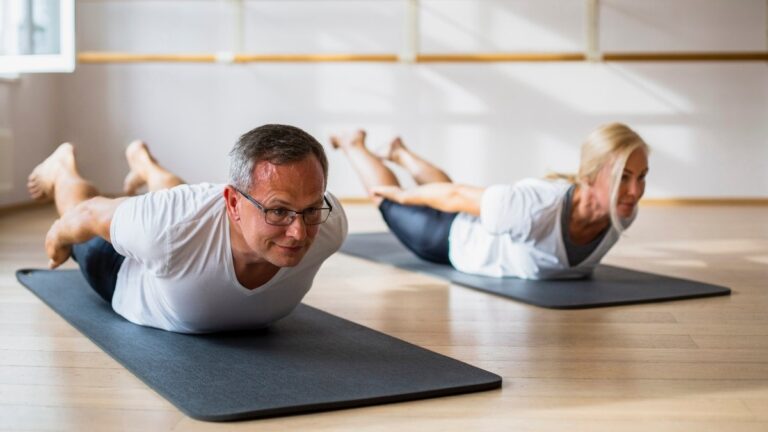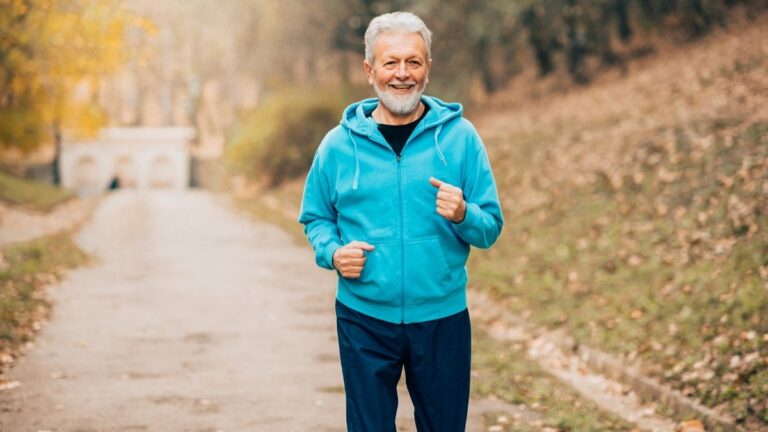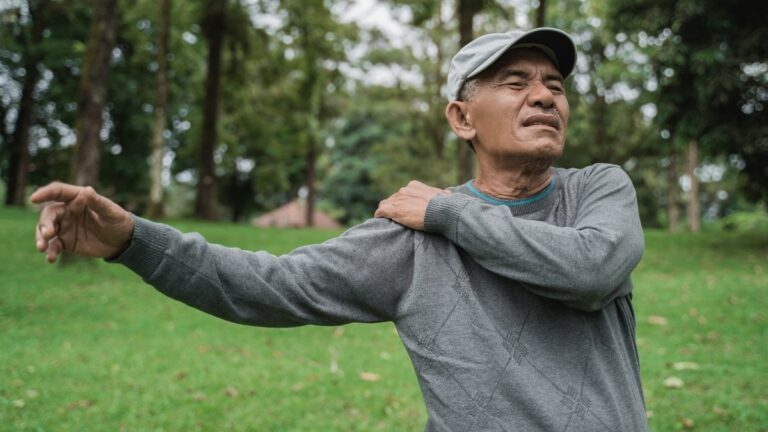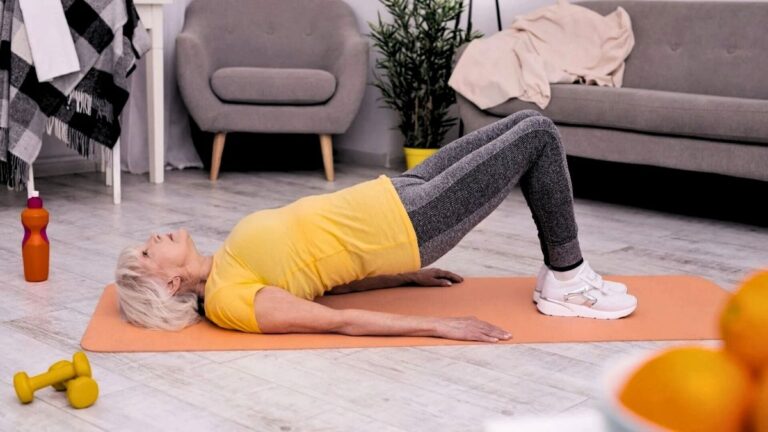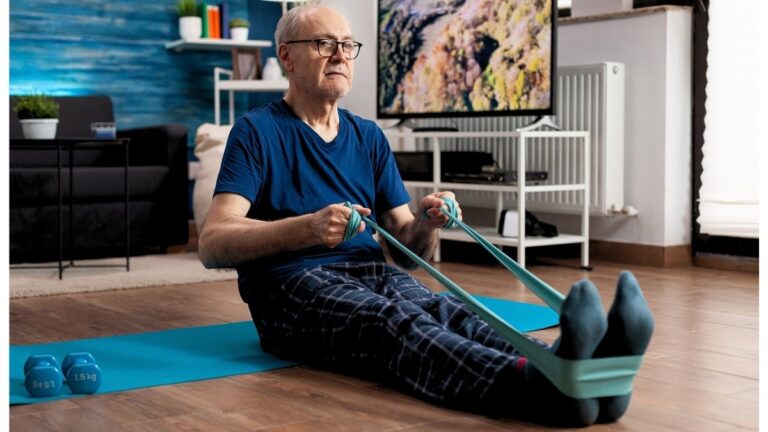Lubricate Your Joints: Fluid 7 Yoga Movements to Keep You Moving Smoothly After 50
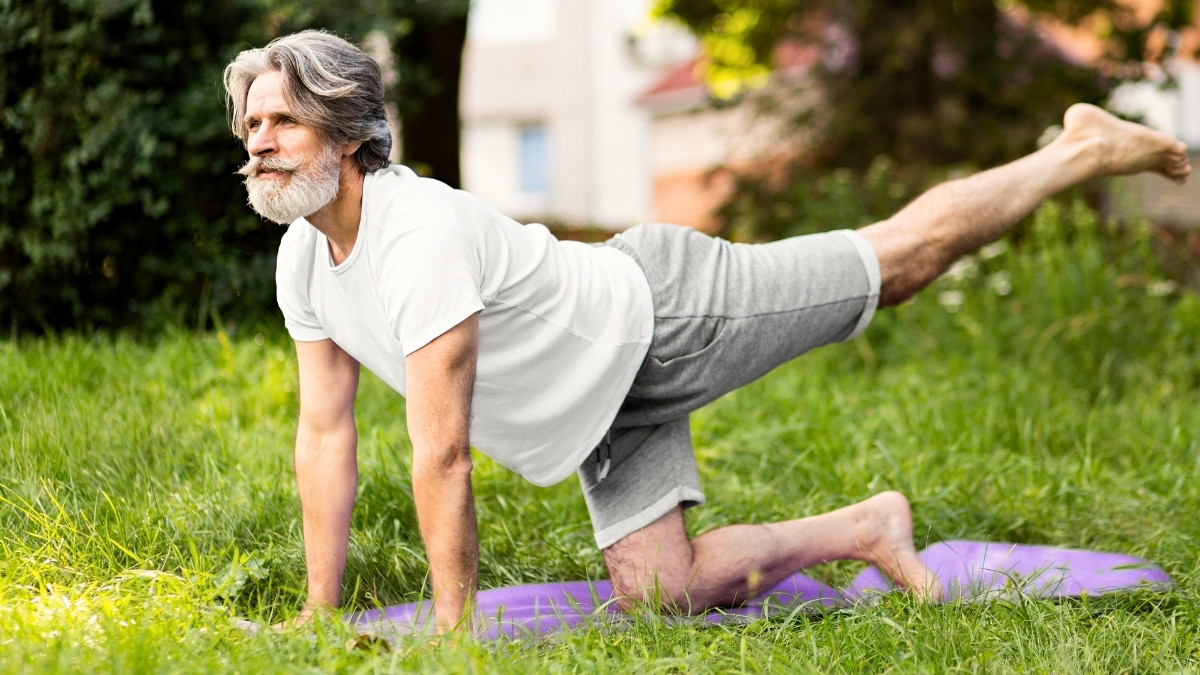
After 50, your body changes — and your joints notice. Synovial fluid, the slippery substance that keeps bones moving smoothly, declines by about 20–30%, and cartilage loses water and bounce. The result: stiffness, reduced range of motion and a greater risk of aches that can make everyday tasks harder.
But this is not a one-way street. Gentle, joint-focused movement — especially fluid yoga sequences and mobility exercises — can slow muscle loss, increase joint space, and restore usable movement.
Research shows adults over 50 typically lose 1–2% of muscle mass per year, yet targeted mobility work pumps fresh fluid into joints, improves lubrication, and strengthens supporting muscles. Unlike forced stretching, flowing movements mimic the way joints naturally move: slow, circular, and wave-like.
This article guides you through seven essential, low-impact movements (from Cat–Cow spine waves to supported backbends) and offers a simple weekly plan to build consistency safely.
Whether you’re starting from a chair or mat, the routines are designed to be gentle, adaptable and effective — helping you reduce stiffness, protect your joints, and move with more ease every day.
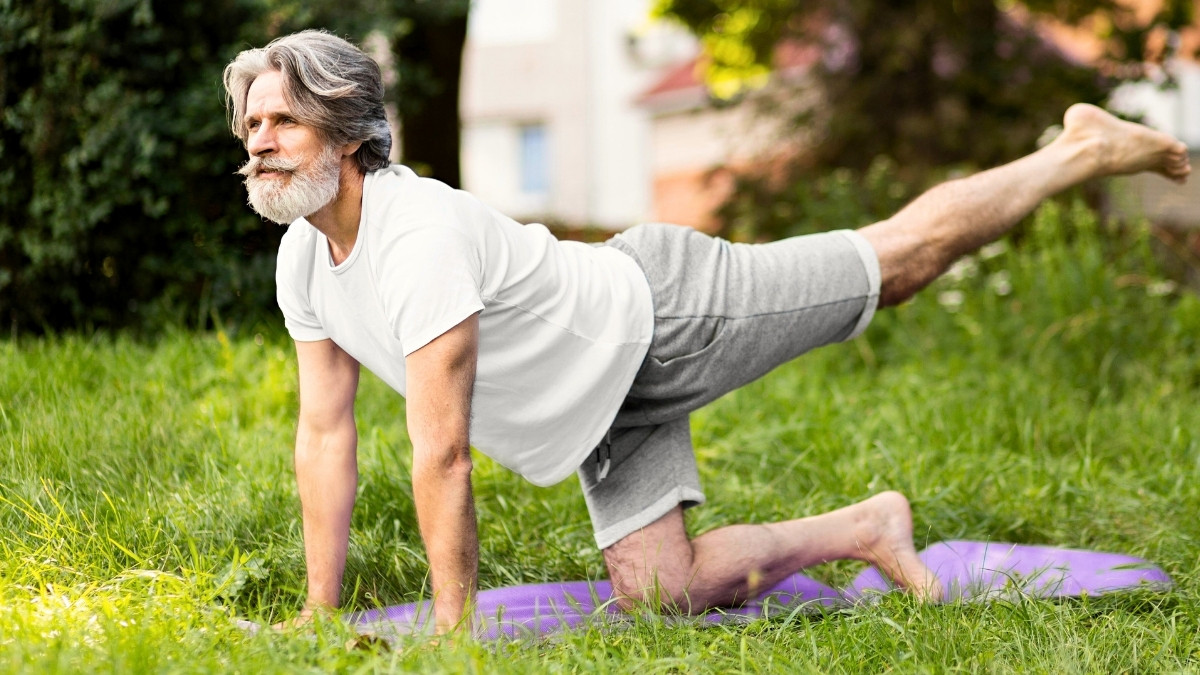
Start with five minutes a day and notice measurable improvements in mobility, comfort, and confidence within weeks. For good.
Why Your Joints Need Fluid Movement After 50
Your body changes after 50. It’s not your imagination.
Your joints make less synovial fluid – the slippery stuff that keeps bones moving smoothly. You lose 20-30% of this natural lubricant. Think of it like your car running low on oil.
Your cartilage gets stiffer too. It holds less water and becomes less bouncy. Add a desk job to the mix, and your joints get even more stuck.
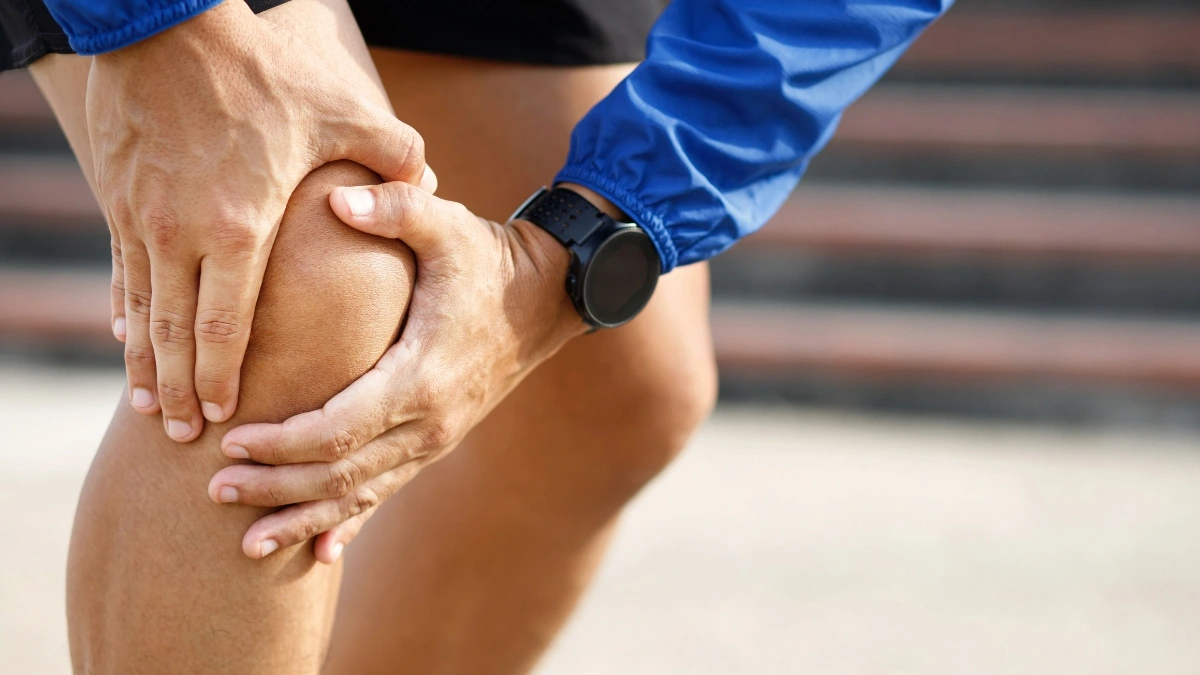
Here’s the good news: gentle movement fights back. Harvard Medical found that adults over 50 lose 1-2% of muscle mass each year. But joint mobility exercises for seniors can slow this down.
Static stretching helps, but fluid yoga sequences work better. They pump fresh fluid into your joints like a gentle massage from the inside. One study in the Journal of Aging Research showed regular gentle movement can increase joint space by 15%.
Gentle yoga for mature adults mimics how your joints want to move – in smooth circles and waves, not forced stretches.
7 Essential Fluid Yoga Movements After 50
These yoga movements after 50 will get your joints moving without pain. Each one targets stiff spots that bother you most. Start with one movement and add more as you feel better.
Movement 1: Cat-Cow Spine Waves
Your spine gets stiff overnight. This gentle yoga movement wakes it up slowly. It works better than coffee for morning back pain.
Start on hands and knees. Put your wrists under your shoulders and knees under your hips. Keep your back flat like a table.
Breathe in and arch your back gently. Look up a little. This is “cow.” Breathe out and round your back up like a cat. Tuck your chin to your chest.
Move slowly between these two positions. Take 5-8 breaths each way. Your spine should feel like a wave moving through water.
Don’t force the movement. If your wrists hurt, make fists instead of flat palms. If your knees ache, put a pillow under them.
Common mistake: moving too fast. Your spine needs time to wake up. Think slow and smooth, not quick and jerky.
Movement 2: Gentle Neck and Shoulder Rolls
Desk work ruins your neck and shoulders. This gentle yoga fix undoes hours of hunching over computers. Your head will sit better on your shoulders.
Sit tall in a chair or cross-legged on the floor. Let your arms hang loose at your sides. Close your eyes if it helps you focus.
Slowly roll your shoulders up, back, and down. Make big, slow circles. Do this 5 times backward, then 5 times forward.
For your neck, tip your right ear to your right shoulder. Hold for 3 breaths. Bring your head back to center. Tip your left ear to your left shoulder. Hold for 3 breaths.
Never roll your head in full circles. This can hurt your neck. Stick to side-to-side movements only.
Breathe deeply while you move. This helps tight muscles let go. If something hurts, make the movement smaller or stop.
Movement 3: Hip Circles in Table Top
Sitting all day locks up your hips. This movement gets them moving again. Your lower back will thank you too.
Start on hands and knees like Cat-Cow. Keep your arms straight and strong. This is your base.
Lift your right knee out to the side. Keep it bent at 90 degrees. Now make slow circles with your knee. Go forward 5 times, then backward 5 times.
Switch to your left leg and repeat. Your hip should feel looser after each circle. This is joint mobility exercises for seniors at its best.
If your knees hurt on the floor, try this standing. Hold a wall and lift your knee to make circles in the air.
Keep your circles small at first. As your hips loosen up, you can make bigger circles. Don’t rush this process.
Movement 4: Flowing Warrior Sequence
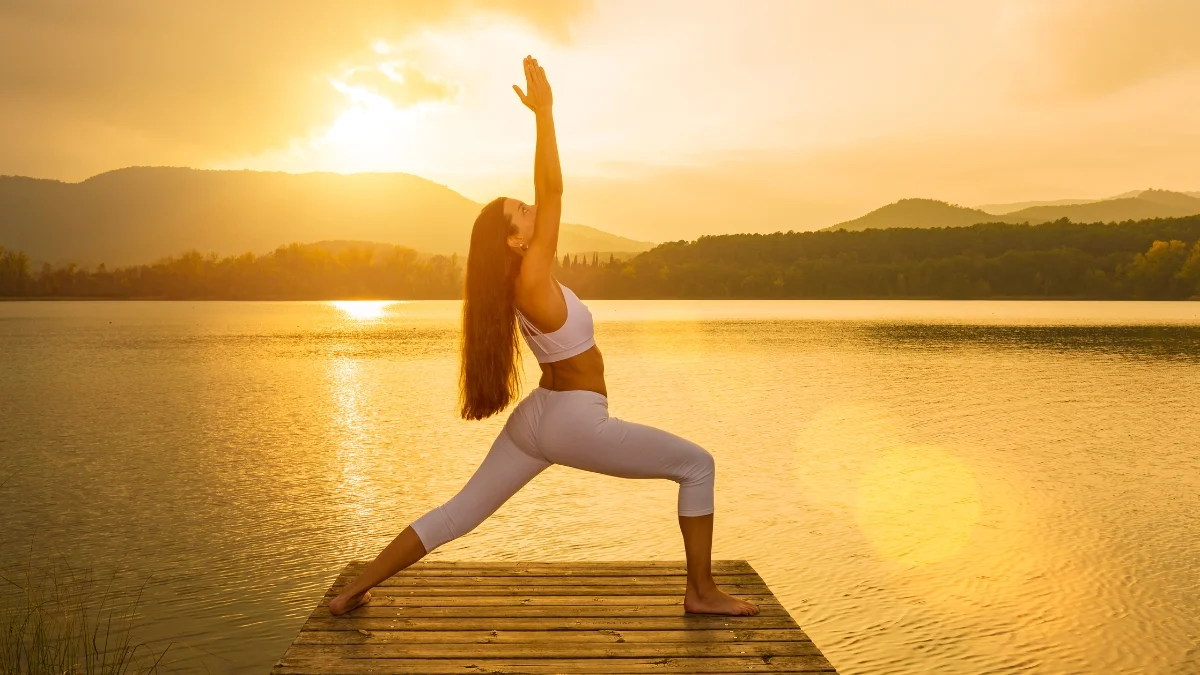
This builds strength and balance without strain. It’s like a gentle warm-up that makes you feel powerful. Your legs will get stronger and steadier.
Stand with feet hip-width apart. Step your left foot back 3 feet. Turn your left foot out slightly.
Bend your right knee over your ankle. Raise your arms overhead. This is Warrior I. Hold for 3 breaths.
Straighten your right leg and fold forward over it. Let your arms hang down. This stretches your back leg. Hold for 3 breaths.
Step back to standing and switch sides. Do this 3 times on each leg. Move like you’re dancing, not exercising.
If balance is hard, keep one hand on a wall or chair. There’s no shame in using support. Safety comes first.
Movement 5: Supported Spinal Twists
Twisting helps your digestion and back pain. But you need to do it safely after 50. Props make all the difference.
Sit in a chair with your feet flat on the floor. Put a pillow or cushion in your lap. Hug the pillow to your chest.
Slowly turn to your right. Use the chair back for support if you need it. Hold for 5 breaths. Feel the twist in your middle back, not your neck.
Come back to center and twist left. Hold for 5 breaths. Your spine is getting a gentle massage from the inside.
Don’t force the twist. Let it happen slowly. If you feel pinching or sharp pain, back off. Gentle yoga means listening to your body.
The pillow gives you something to hug and keeps your arms relaxed. This makes the twist deeper and safer.
Movement 6: Ankle and Wrist Mobility Flow
You forget about your ankles and wrists until they hurt. But they need love too. Good circulation starts at your hands and feet.
Sit comfortably and extend your right leg. Point and flex your foot 10 times. Then make ankle circles – 10 each direction.
Switch to your left ankle and repeat. Your feet should feel tingly and alive. This helps prevent swelling and stiffness.
Now for your wrists. Extend your right arm and make gentle circles with your wrist. Do 10 each direction. Press your palms together and gently stretch your wrists.
Do this every morning or before bed. Your hands and feet carry you through life. They deserve some attention.
This is perfect for travel days or long meetings. No one will even notice you’re doing yoga.
Movement 7: Gentle Backbends with Support
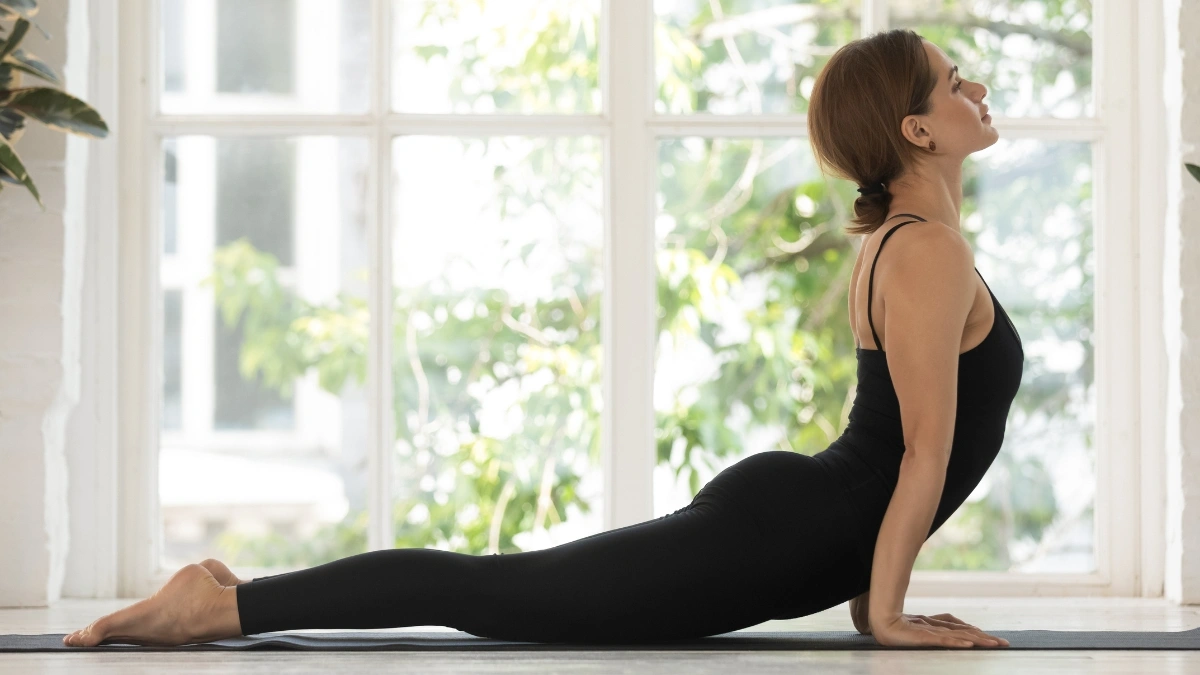
Forward posture makes you look and feel older. Gentle backbends open your chest and lift your mood. You’ll stand taller without trying.
Lie on your back with a rolled towel under your shoulder blades. The roll should be about 6 inches thick. Let your arms fall to your sides.
Breathe deeply and let your chest open. Hold for 1-2 minutes. You should feel a gentle stretch across your chest, not back pain.
If lying down is hard, try this in a chair. Sit tall and clasp your hands behind your head. Gently arch backward and breathe.
Start with thin support and work up to thicker rolls. Your body will tell you what feels right. These yoga movements after 50 should feel good, not painful.
End by hugging your knees to your chest. This balances out the backbend and protects your lower back.
Creating Your Daily Joint Health Routine
Your joints need movement every day. But when should you do yoga for joint health after 50? How long should you practice? Let’s build a routine that fits your life.
Best Times to Move Your Joints
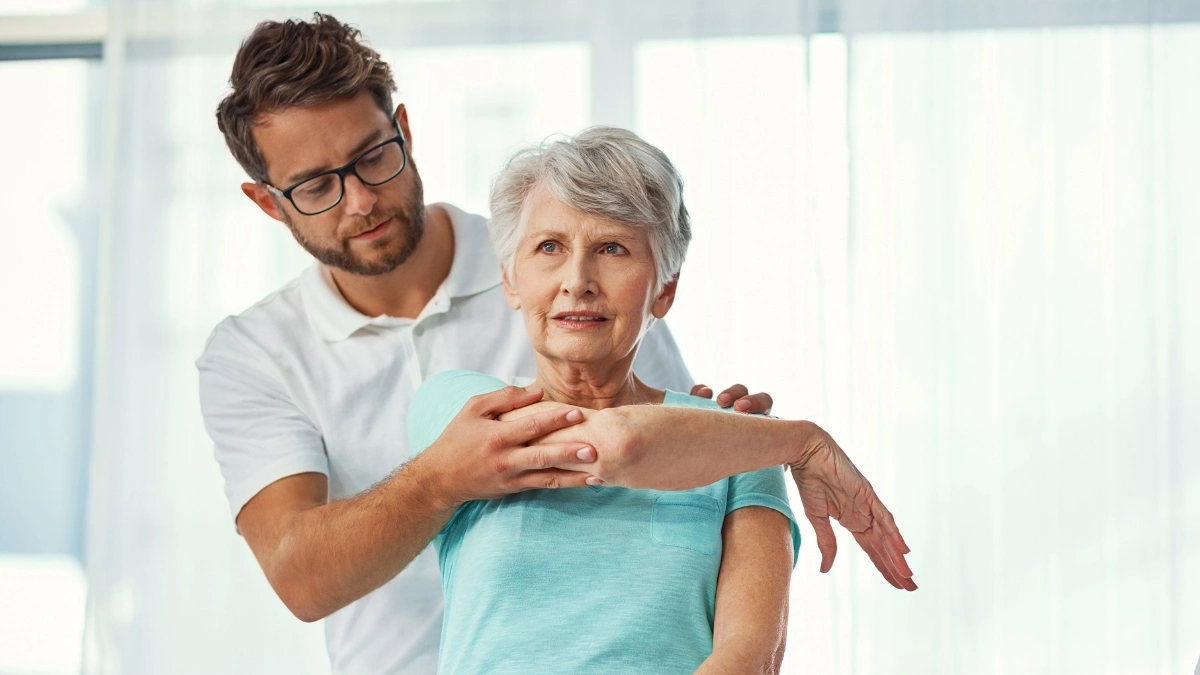
Morning is perfect for joint lubrication exercises. Your joints are stiff after sleeping all night. Five minutes of gentle movement gets your synovial fluid flowing. You’ll feel less creaky all day.
Evening works too. After sitting at work, your hips and shoulders get tight. A short session before dinner helps you sleep better. Your body repairs itself at night.
Pick one time and stick to it. Consistency beats perfection every time.
How Long Should You Practice?
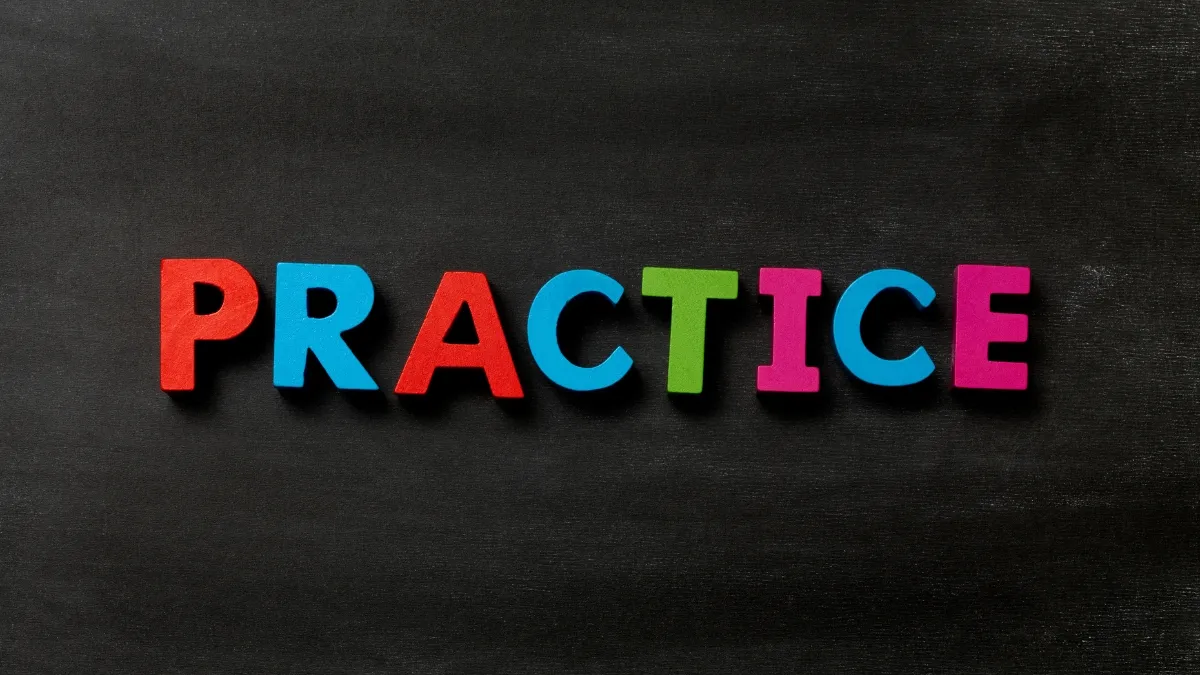
Start small. Five minutes is enough when you’re beginning. Your joints need time to adapt to new movements.
Week 1-2: 5-10 minutes daily
Week 3-4: 10-15 minutes daily
Week 5+: 15-20 minutes daily
Don’t rush to longer sessions. Your joints will thank you for taking it slow. More time doesn’t always mean better results.
Your First Week Schedule
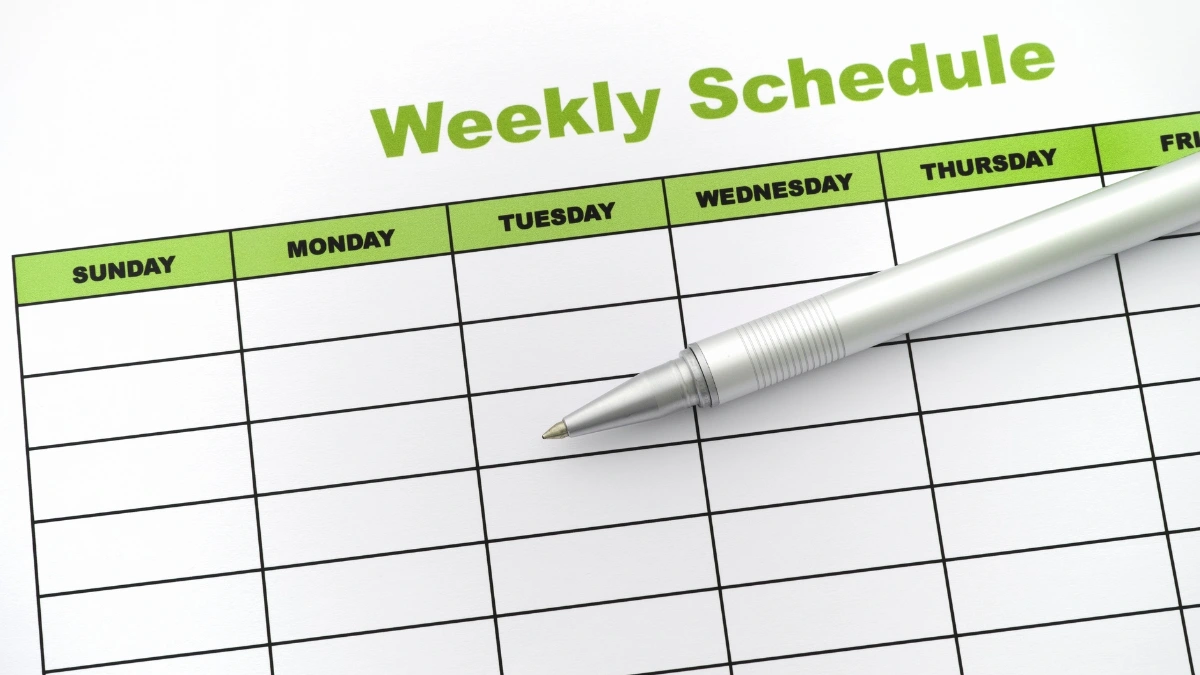
Monday: Neck and shoulder sequence (5 minutes)
Tuesday: Hip and lower back sequence (5 minutes)
Wednesday: Rest day – gentle walking only
Thursday: Wrist and elbow sequence (5 minutes)
Friday: Knee and ankle sequence (5 minutes)
Saturday: Full-body flow (10 minutes)
Sunday: Choose your favorite sequence (5 minutes)
This gives your joints variety. Different movements each day prevent overuse. Rest days let your body recover.
Mix Yoga With Daily Activities
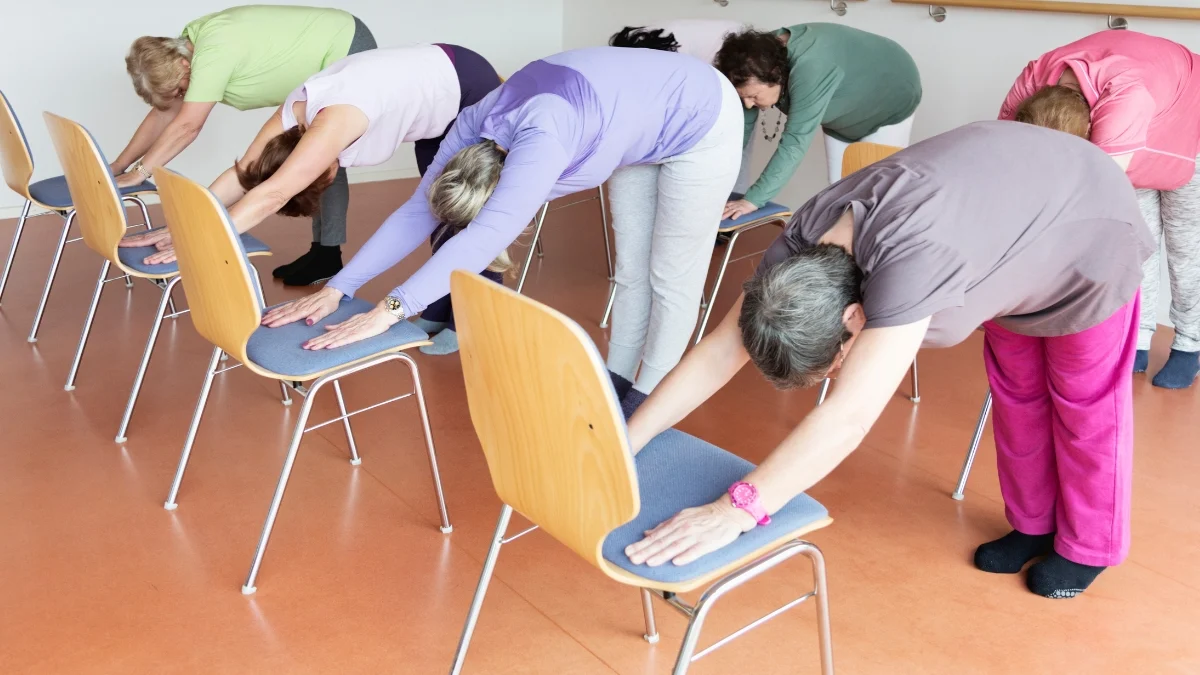
Do neck rolls while your coffee brews. Try ankle circles while watching TV. Practice deep breathing during commercial breaks.
Park farther away and walk. Take stairs when possible. These small changes add up fast.
Your yoga practice makes everything easier. Bending down to tie shoes becomes simple. Reaching high shelves doesn’t hurt anymore.
Track Your Progress
Write down how you feel each day. Rate your stiffness from 1-10 before and after practice. Most people see improvement in two weeks.
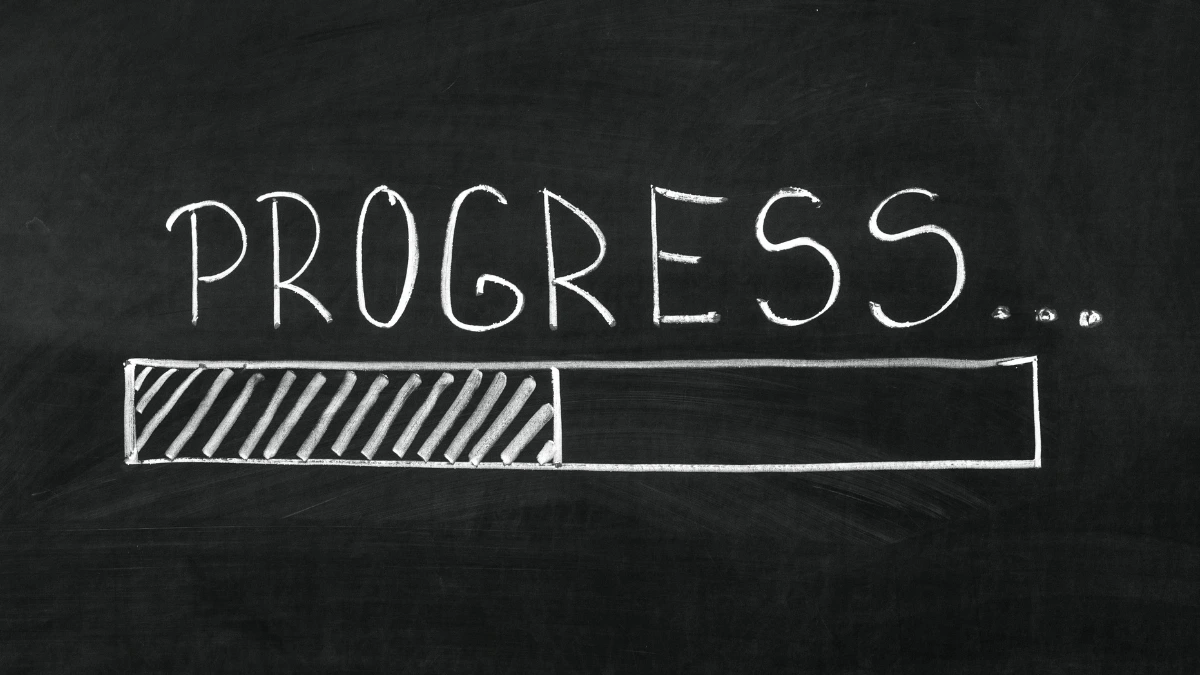
Notice small wins. Can you turn your head further? Do your knees feel less creaky? These matter more than perfect poses.
Take photos of your poses monthly. You might surprise yourself with how much you’ve improved. Progress photos motivate you to keep going.
Make It Stick
Put your yoga mat where you’ll see it. Set a phone reminder for practice time. Tell a friend about your new routine.
Bad days happen. Missing one day won’t hurt you. Missing three days in a row creates problems. Get back to it quickly.
Your joints need movement to stay healthy. Start tomorrow morning with just five minutes. Your future self will thank you for beginning today.
Conclusion:
Turning 50 doesn’t mean giving up mobility or comfort — it means moving smarter. As joints lose lubrication and cartilage stiffens, gentle yoga offers a safe, effective way to restore flexibility, strength, and ease in everyday life.

The seven fluid movements shared in this article target common problem areas like the spine, hips, shoulders, and ankles, helping reduce stiffness and pain. With just a few minutes a day, you can reawaken your joints, improve balance, and build confidence in movement.
Consistency is more powerful than perfection, and even short sessions create lasting benefits. By weaving these exercises into your daily routine, you’ll find everyday activities become easier and more enjoyable.

